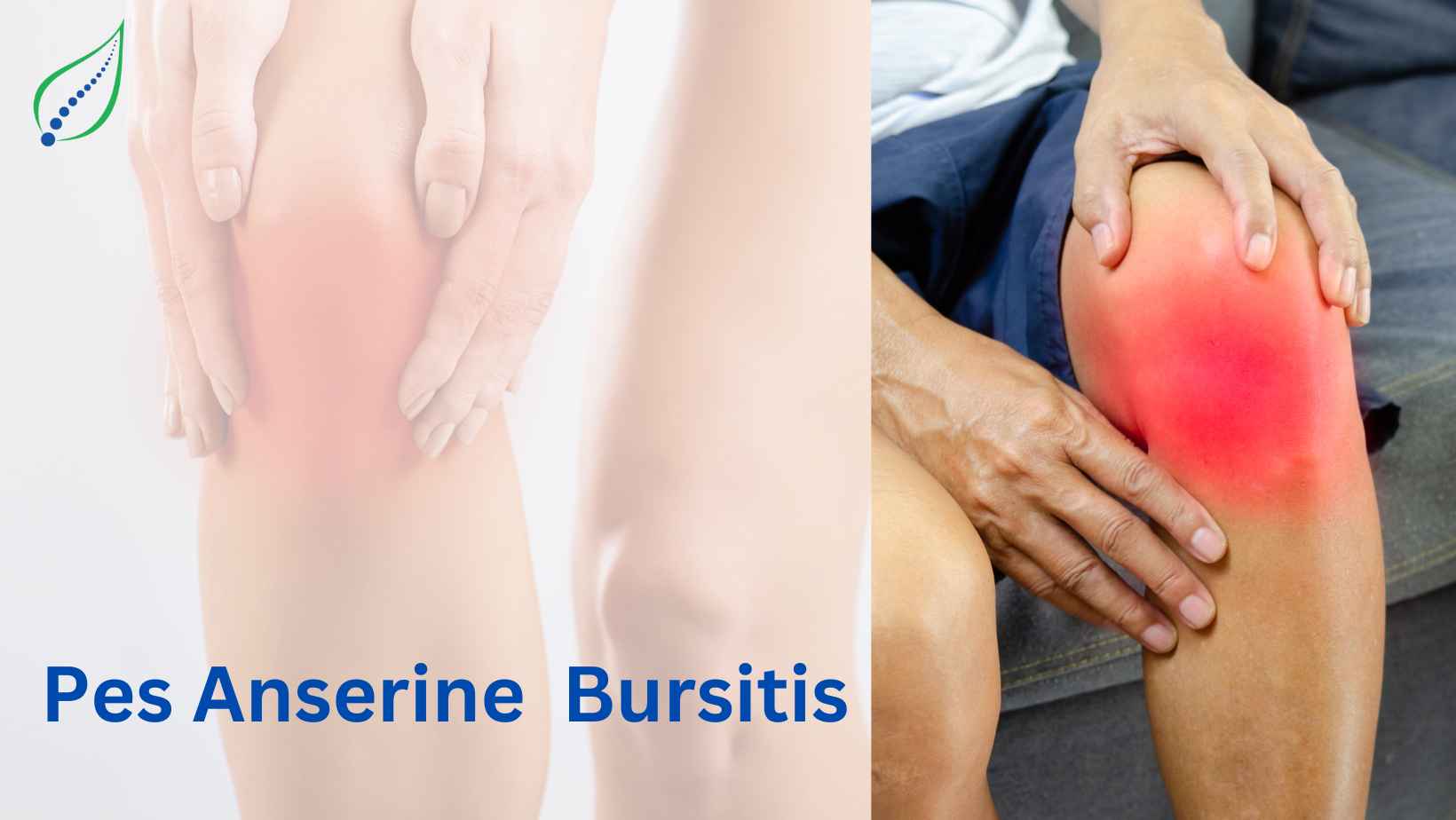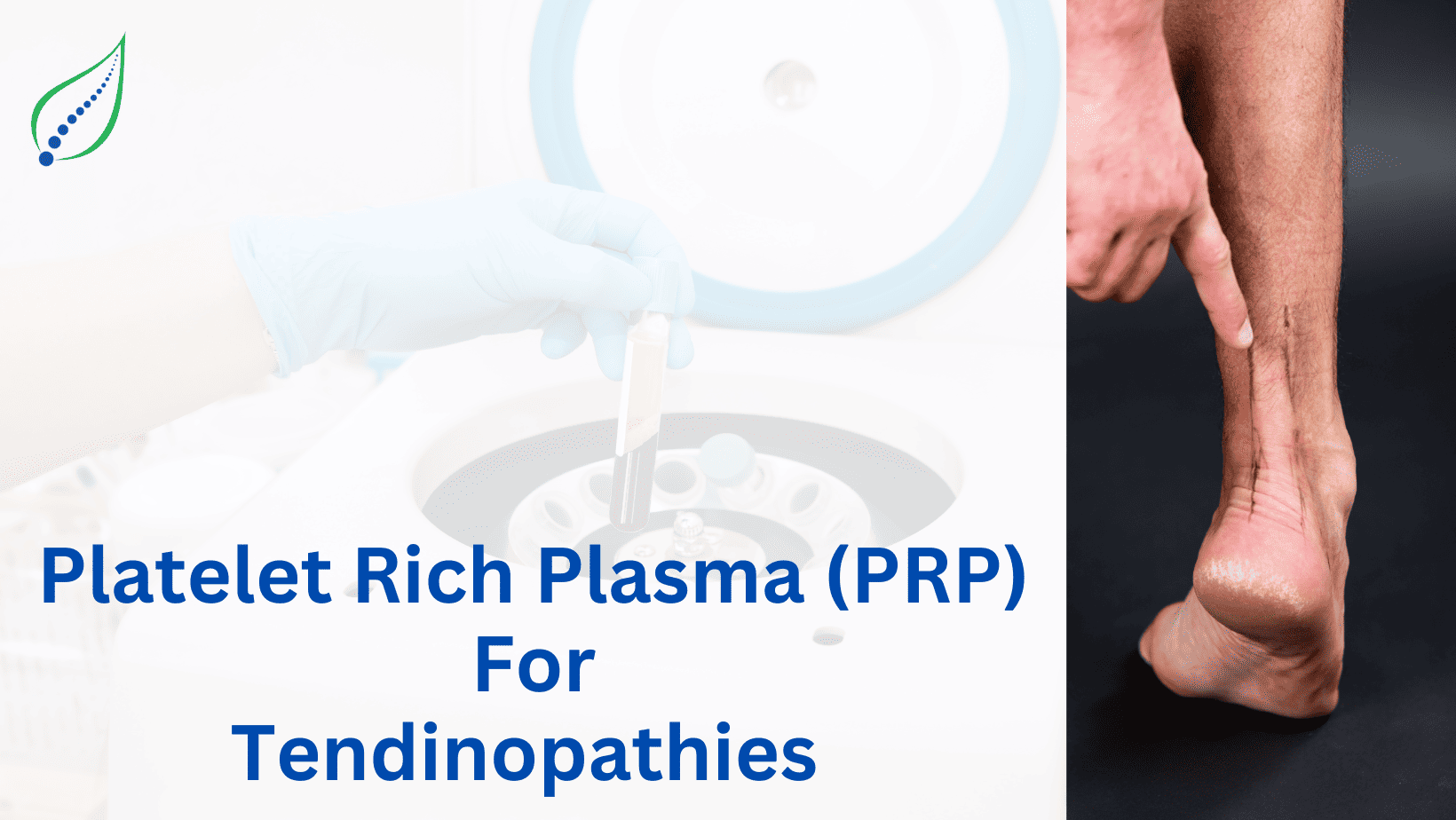Pes Anserine Bursitis
Pes Anserine Bursitis is a painful condition of the knee in which the bursa located on the inside of the knee becomes inflamed. Bursae are present all over the body where there is friction due to movement such as the shoulder, hips, and knee. These fluid filled sacs act as cushions between bones, ligaments, and soft tissues and allow for them to smoothly glide over one another. The anserine bursa is situated between the three combined tendons and the shinbone (tibia). The main function of these three tendons is to help the knee in bending and provide steadiness. The bursa of the knee can sometimes become inflamed and swollen and exert pressure on the knee by producing excessive fluid.
Causes
The main cause of knee tendon bursitis is overuse injuries due to repetitive motion. People associated with sports, especially running usually develop this condition over time due to excessive friction between the joints. Athletes are therefore more prone to knee conditions.
Obesity, excessive running, tight hamstring muscles are also some of the contributing factor to Pes Anserine Bursitis. Osteoarthritis, which is characterized by a degeneration of the bone tissue is also a risk factor and increases the probability of developing this condition.
Symptoms
- Pain on the inner side of the knee, approximately 2-3 inches below the knee joint
- Pain felt on the lower part of the knee during resistance training involving the hamstrings
- Difficulty and pain experienced during climbing the stairs or hill running
- Difficulty and pain while stretching the hamstrings muscles
Diagnosis
Your physician will conduct a medical exam and medical records. Since the symptoms of this condition are similar to many conditions of the knee, an X-ray is always recommended.
Treatment
The best treatment available for Pes Anserine Bursitis is physical therapy paired with lifestyle changes and over-the counter anti-inflammatory medications for pain relief. Physical therapy is also a very effective treatment option and can fasten the recovery process.
Your therapist will begin by reducing the strain on the injured tendon and discontinuing the activities that prompt pain. Applying ice pack on the affected area few times a day will also provide a certain degree of relief and are a part of the treatment plan. NSAIDs and local steroid injections are also very useful for reducing inflammation and providing instant pain relief. In severe cases platelet rich plasma injections gives good relief.
Eventually the treatment progresses towards strengthening and flexibility exercises. These include hamstring stretches to stimulate recovery and other light exercises to regain mobility in the knee area without hurting the knee further. Precautionary measures such as preventing putting too much weight on the affected knee should be followed and lifestyle changes can also greatly impact the recovery period. Your doctor might also advice using walking-aid such as crutches for a few weeks during the recovery but normal activities are generally resumed as the treatment progresses.

_1749797551_1751826891.png)


